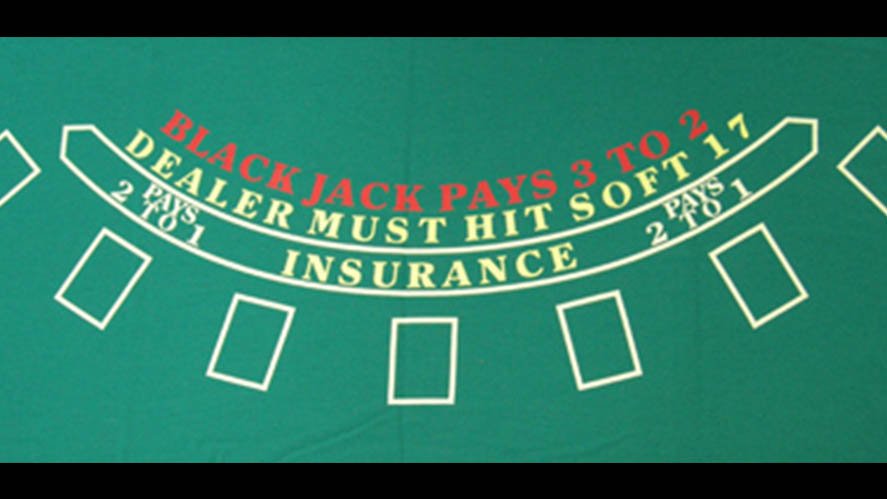

Mar
31
2016
To Hit or Not Hit on a Dealer’s Soft 17 in Blackjack
By Travel Tunica on Thursday March 31, 2016
bets, betting, betting-blackjack, betting-strategy, blackjack, casino, casino-games, casinos, chance, chances, dealer, gambling, gaming, gaming-in-tunica, gaming-strategy, gaming-tips, how-to-win, odds, tunica, wager, wagers, winning

Those who learn and use basic strategy at blackjack know there are strategy differences depending on whether the dealer hits or stands on soft 17.
The reason is that probabilities change depending on dealer action. When the dealer hits soft 17, he has chances to improve the hand to 18, 19, 20 or 21. He also has chances to bust with a multi-card hit, while the dealer never busts if he starts with soft 17 and stands.
Let’s take a couple of sample hands and evaluate why our strategy changes. Assume a six-deck game in which blackjacks pay 3-2 and you can double on any first two cards.
Player has 11, dealer shows an Ace: Basic strategy calls for hitting if the dealer stands on all 17s, but doubling down if the dealer hits soft 17. On the stand on 17 game, the dealer who starts with an Ace busts 16.99 percent of the time, but busts 20.13 percent when hitting soft 17. That’s enough to reverse strategy on a close-call. On the hit soft 17 game, our average return is $1.12 per $1 wagered when we double, and only $1.10 when we hit. On the stand on 17 game, it’s $1.15 when we hit, and $1.12 when we double.
Player has soft 18, dealer shows a 2: Basic strategy says to stand if the dealer stands on soft 17, and double if the dealer hits soft 17. This is an extreme close call. The average return per $1 wagered on a stand on 17 game is $1.23 if you stand, and $1.21 if you double. On a hit soft 17 game, it’s $1.12 if you double and $1.11 if you hit. The gap isn’t as wide on bust percentages this time, at 35.67 percent on hit soft 17 games vs. 35.35 percent on standing games, but when we’re looking at a hand that’s nearly a tossup at the start, that gap is enough to reverse course.
On both hands, the dealer’s average no-busting hand will be a little better if he hits soft 17 than if he stands. But the bust increases are enough for us to be more aggressive about doubling down.
